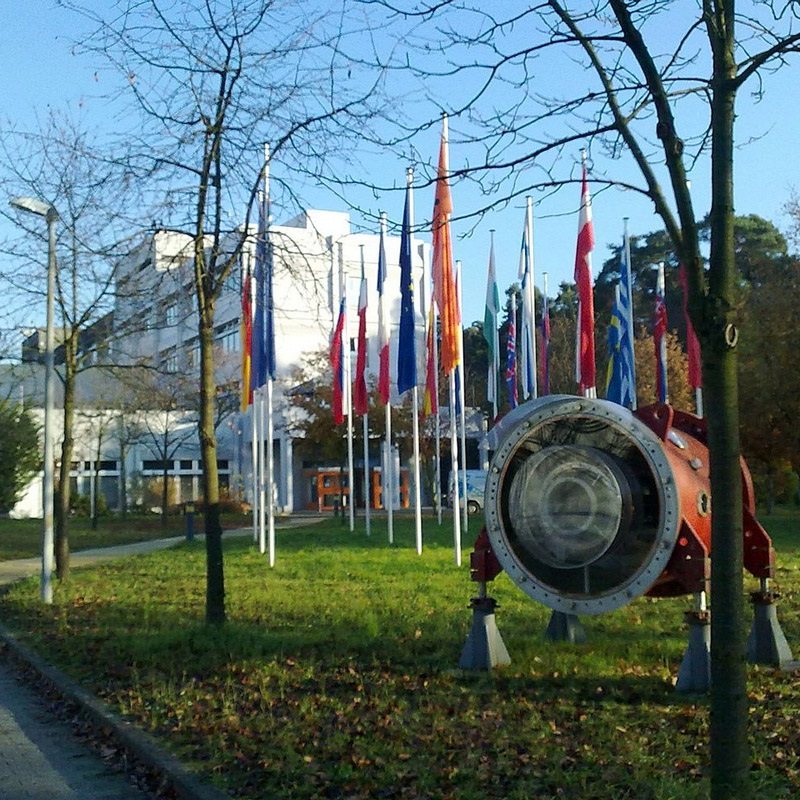Copernicium
112
Cn
Group
12
Period
7
Block
d
Protons
Electrons
Neutrons
112
112
173
General Properties
Atomic Number
112
Atomic Weight
[285]
Mass Number
285
Category
Transition metals
Color
n/a
Radioactive
Yes
Named after the astronomer Nicolaus Copernicus
Crystal Structure
n/a
History
Copernicium was first created on February 9, 1996, at the Institute for Heavy Ion Research (Gesellschaft für Schwerionenforschung) in Darmstadt, Germany, by Sigurd Hofmann, Victor Ninov et al.
This element was created by firing accelerated zinc-70 nuclei at a target made of lead-208 nuclei in a heavy ion accelerator.
A single atom of copernicium was produced with a mass number of 277.
This element was created by firing accelerated zinc-70 nuclei at a target made of lead-208 nuclei in a heavy ion accelerator.
A single atom of copernicium was produced with a mass number of 277.
Electrons per shell
2, 8, 18, 32, 32, 18, 2
Electron Configuration
[Rn] 5f14 6d10 7s2
Copernicium has no stable or naturally-occurring isotopes
Physical Properties
Phase
Liquid
Density
- g/cm3
Melting Point
-
Boiling Point
-
Heat of Fusion
n/a kJ/mol
Heat of Vaporization
n/a kJ/mol
Specific Heat Capacity
- J/g·K
Abundance in Earth's crust
n/a
Abundance in Universe
n/a

Image Credits: Wikimedia Commons (Commander-pirx)
The element was discovered at the Institute for Heavy Ion Research in Darmstadt, Germany
CAS Number
54084-26-3
PubChem CID Number
n/a
Atomic Properties
Atomic Radius
-
Covalent Radius
122 pm
Electronegativity
-
Ionization Potential
-
Atomic Volume
-
Thermal Conductivity
-
Oxidation States
2, 4
Applications
Copernicium is used for scientific research purposes only.
Copernicium is harmful due to its radioactivity
Isotopes
Stable Isotopes
-Unstable Isotopes
277Cn, 278Cn, 279Cn, 280Cn, 281Cn, 282Cn, 283Cn, 284Cn, 285Cn